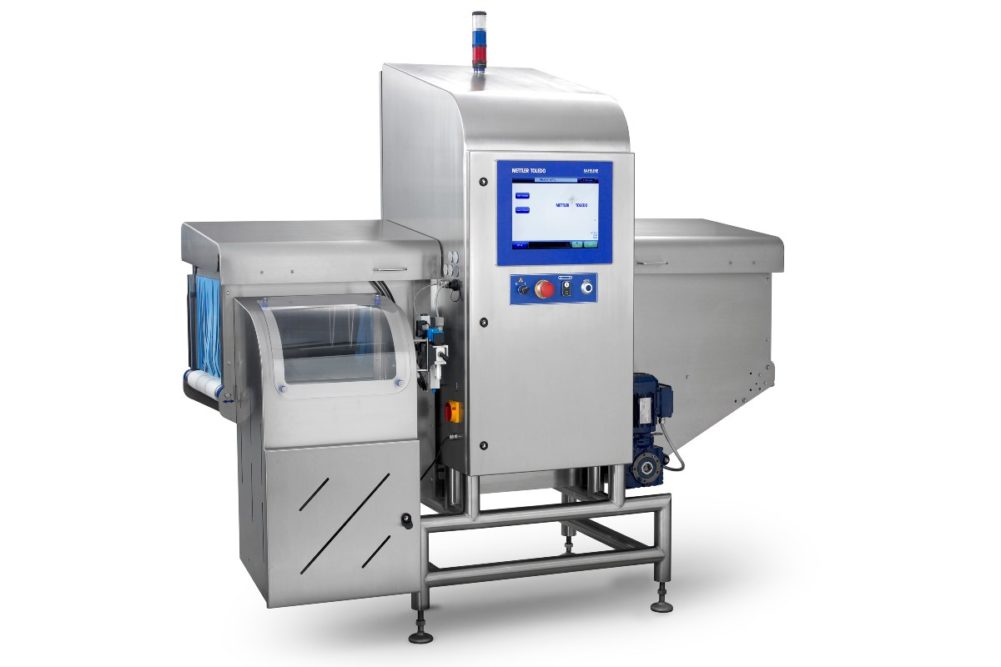LUTZ, FLA. – The product inspection division of Mettler-Toledo introduced what the company called its most advanced X-ray detector for packaged food applications.
Per Mettler-Toledo, its new DXD and DXD+ technology provides a more effective way for food manufacturers to detect low density contaminants – thereby avoiding product recalls and other costly scenarios.
The new X-ray detectors can identify contaminants such as calcified bone, low-mineral glass, rubber and some plastics, which the company noted are typically hard to detect within “cluttered” or “noisy” X-ray images taken of overlapping or multi-textured food products.
The company offers two levels of its dual energy X-ray technology. The DXD can operate in the same environment as single energy solutions, while DXD+ was designed to solve challenging applications and collects more data about the inspected product.
Gareth Jones, head of engineering for Mettler-Toledo Product Inspection, said the new technology meets a demand that existed for packaged food products inspection.
“DXD and DXD+ provide high levels of detection in the most challenging applications our customers face,” Jones said. “The benefits are both economic and reputational: they can better protect the integrity of their products and their brand, while also reducing cost and waste through improved false reject rates and less product throwaway.”
The technology makes use of Mettler-Toledo’s latest software tools, which separate and remove the prominent material of the food product within an X-ray image to show any lower density contaminants.
The company can specialize its DXD and DXD+ detectors when a business purchases a Mettler-Toledo X36 X-ray inspection system. Additionally, Mettler-Toledo shared it is offering personalized consultations, which include live testing of a prospective customers’ products.
More information about the technology is available at the company’s website, in a downloadable white paper.

